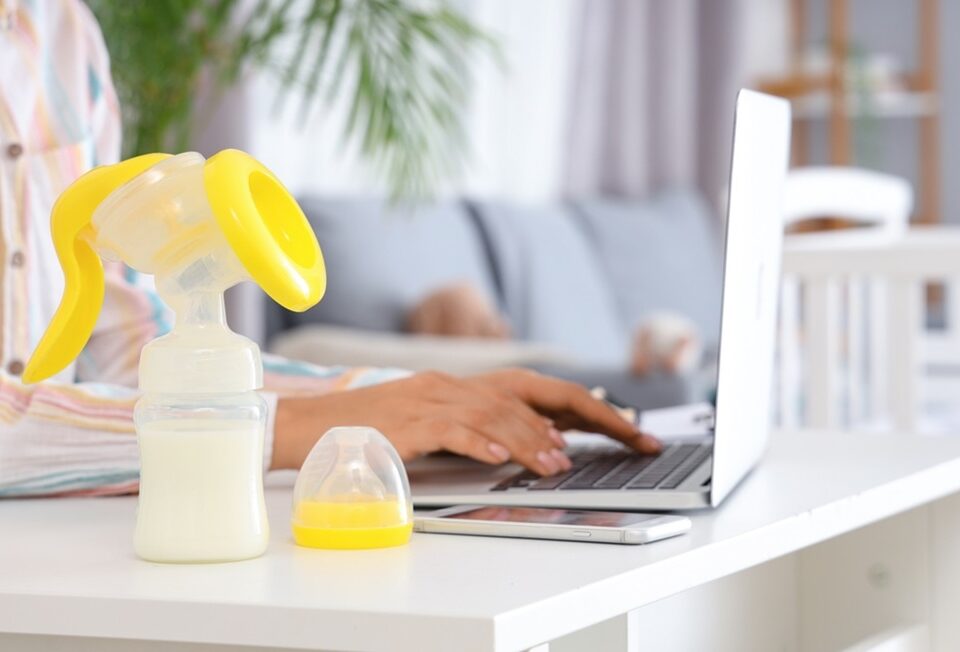- Have any questions?
- 888-432-8878
- steve@sebackground.com
Color is a powerful communication tool, and it can affect the way we feel, perceive others and also our mood. Colors have a psychological impact based on our cultural and biological conditioning. Some colors are considered warm, others cooling. Warm colors like red, orange, yellow and their varying shades evoke feelings of happiness and positivity, whereas cooling colors such as blue, green and purple are soothing and calming.
Besides the psychological and cultural connotations, fashion also plays a significant part in our choice of colors. There are always trending colors and colors of the season that determine the popularity of a certain shade. Considering color forms such an essential part of our milieu, what and when we wear a particular shade has a bearing on our lives.
Here we will talk about what is considered professional or not in terms of colors for office wear. People are judged on their appearances and how and what you wear does affect your perception as a professional.
According to a research from Princeton University, when we see a new face, our brains take one-tenth of a second to decide on a. person’s attractiveness and trustworthiness.
In a professional situation, you announce your brand and standing with what you wear. If you are in a drab grey or mud brown color, you may conform to the standards, but people will unconsciously slot you accordingly.
There is a perception that offices require one to dress in muted colors. But there is no hard and fast rule for it. There are occasions when you need to make a statement and a power dress. In such a situation picking a bright top or footwear and accessories in loud colors like red, maroon and orange go a long way in announcing one’s intentions.
For men, it can be done by picking a bright tie or even socks. For a long time, specific colors were considered too feminine for men to wear. The shirts and pants were restricted to shades of blue, white, grey, brown and black. But changing perceptions of masculinity and gender diversity have discarded such notions.
There are studies galore that show that what you wear affects performance. The European Journal of Social Psychology published a study that revealed people who wore red felt more attractive and confident as opposed to those who wore blue.
Another study in the Journal of Experimental Social Psychology said people who wore white coats that they thought belonged to a doctor or artist performed much better in tests than others.
Color no bar is what is being advocated for office wear now. It is also about adopting a certain style. There is a thin line between being garish and making a style statement. In any situation, less is more and subtlety says it all. Wearing an all red, orange and neon green or blue outfit is going to elicit sniggers and laughs.
Kim Winser, a former chief executive of the UK fashion brands Aquascutum and Pringle of Scotland and now running her own fashion labels says that using color is important, but it should not override the overall need to look as smart and presentable as possible. Remember, almost all offices follow an unwritten dress code. Startups, tech offices, and businesses that have fewer interactions with the outside world allow casual wear.
Banks, financial institutions, hospitality, etc. have a dress code of formal and pleasing. Choose your color according to how you are feeling, what you want to convey, and which can be done in style.
The post Color No Bar: Style Trumps over All In Office Wear appeared first on The HR Digest.
Source: New feed






